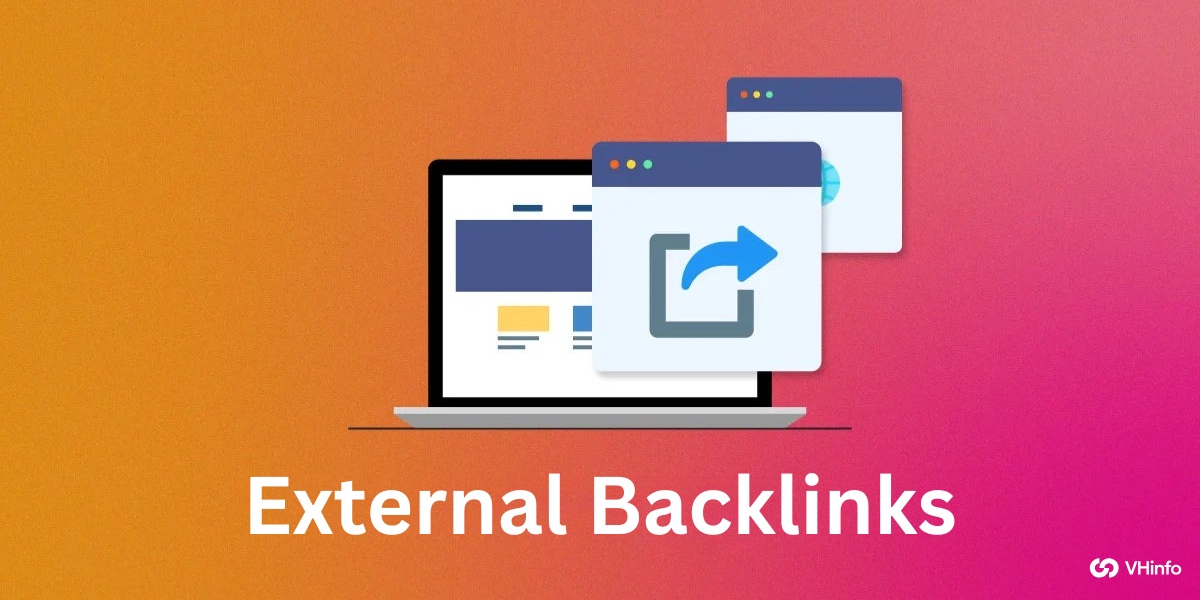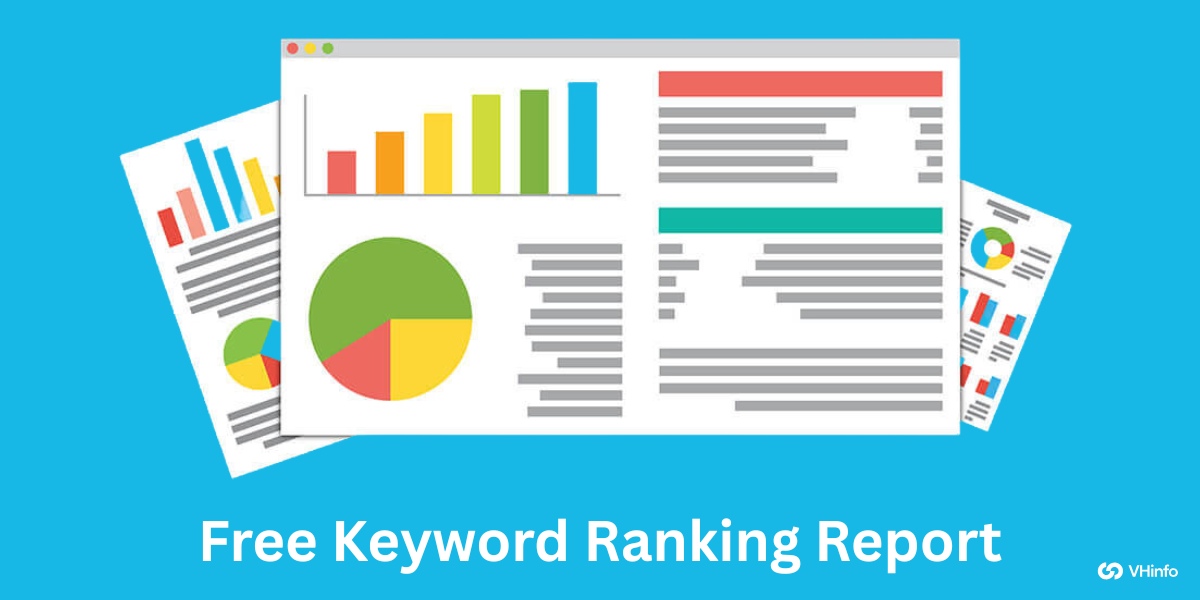In the world of SaaS, you’ve likely mastered metrics like Monthly Recurring Revenue (MRR) as your growth barometer. But there’s another metric—cash flow—that’s just as vital to keep your lights on, pay your team, and fuel your next product release. We believe every dollar counts, which is why turning your Accounts Payable (AP) process into a strategic lever can be a game‑changer. Let’s explore how AP Automation helps you take control of cash flow and build a more resilient SaaS business.
Without visibility and control over when money leaves your account, you risk missed discounts, late fees, or stretched vendor relationships. That’s where a strategic AP function pays dividends.
The Hidden Power of Accounts Payable
Accounts Payable isn’t just a back‑office checkbox—it’s a cash‑management hub. Yet, many teams still wrestle with:
- Manual Invoice Capture that hides due dates in email threads
- Scattered Approval Workflows causing last‑minute rushes
- Reactive Payments that either pull cash out too soon or too late
These inefficiencies translate into missed opportunities and idle cash. By contrast, a modern AP approach lets you:
- Lock in early‑payment discounts
- Forecast outflows with precision
- Strengthen vendor trust through consistent, on‑time payments
5 Ways AP Automation Transforms Your SaaS Cash Flow
Cash flow control is key for SaaS companies, but manual AP can cause delays, errors, and missed savings. AP automation gives you real-time visibility, reduces risk, and optimizes spending. Here are five ways it can transform your cash flow and strengthen financial control.
1. Full visibility into upcoming outflows
Gain a real-time view of all outstanding invoices by due date and status. With this visibility, finance teams can better manage cash reserves, plan capital allocation, and avoid last-minute scrambles during funding or budgeting cycles.
2. Optimized payment timing
Automation lets you schedule payments to go out at the ideal time, preserving liquidity without risking late fees. You can confidently delay outflows to maximize cash on hand without damaging vendor relationships or incurring penalties.
3. Error and fraud prevention
Built-in approval workflows and 3-way matching stop duplicate or unauthorized payments before they happen. This minimizes costly errors and protects your company from internal fraud, especially as your vendor base grows. Leveraging Multimodal can further enhance these processes by analyzing multiple data types simultaneously, improving accuracy, and streamlining financial operations.
4. Early‑payment savings
Never miss a discount again. Automation identifies invoices eligible for early-payment terms and ensures timely processing, turning operational efficiency into tangible savings that can be reinvested in product or growth.
5. Vendor relationship management
Consistent, on-time payments build vendor trust and open the door to better terms or service. Automation helps you become a preferred client, improving reliability, reducing friction, and strengthening your supplier network.
Choosing the Right AP Automation Solution
Not all AP automation platforms are created equal. To ensure you get strong ROI and real operational improvements, focus on solutions that offer the following key features For companies seeking feature-rich and scalable ap automation solutions, tools like Precoro can help streamline payables, improve visibility, and enhance control over cash flow:
1. Customizable approval paths
Choose a system that lets you mirror your internal org chart and approval policies. This ensures invoices are routed to the right stakeholders based on department, invoice amount, or vendor type, reducing bottlenecks and increasing accountability.
2. Real-time dashboards
Look for a platform that provides up-to-the-minute insights into payables. With real-time visibility into outstanding invoices, due dates, and cash position, you can forecast cash flow more accurately and make faster, data-backed decisions.
3. Flexible payment engines
Your AP solution should support multiple payment methods—like ACH, virtual cards, wire transfers, and batch payments—so you can streamline disbursements, cut costs, and improve vendor satisfaction through faster or more convenient payment options.
4. Audit trails & compliance controls
A strong AP platform tracks every action, from invoice receipt to payment approval, creating a transparent audit trail. Built-in controls also help enforce policy compliance, minimize fraud, and simplify month-end closes and external audits.
5. Seamless integrations
Integration with your ERP, CRM, and banking systems is critical. It ensures data consistency across platforms, eliminates duplicate data entry, and enables end-to-end automation from invoice intake to reconciliation.
Conclusion
In SaaS, growth may be measured by MRR, but sustainability is powered by strong cash flow. Strategic AP automation gives you more than efficiency—it gives you control. From improving payment timing to unlocking early-payment discounts and preventing costly errors, automating your AP process transforms a traditionally reactive function into a forward-looking financial lever. By starting small and scaling smart, your finance team can turn payables into a proactive strategy—fueling resilience, agility, and long-term success.

